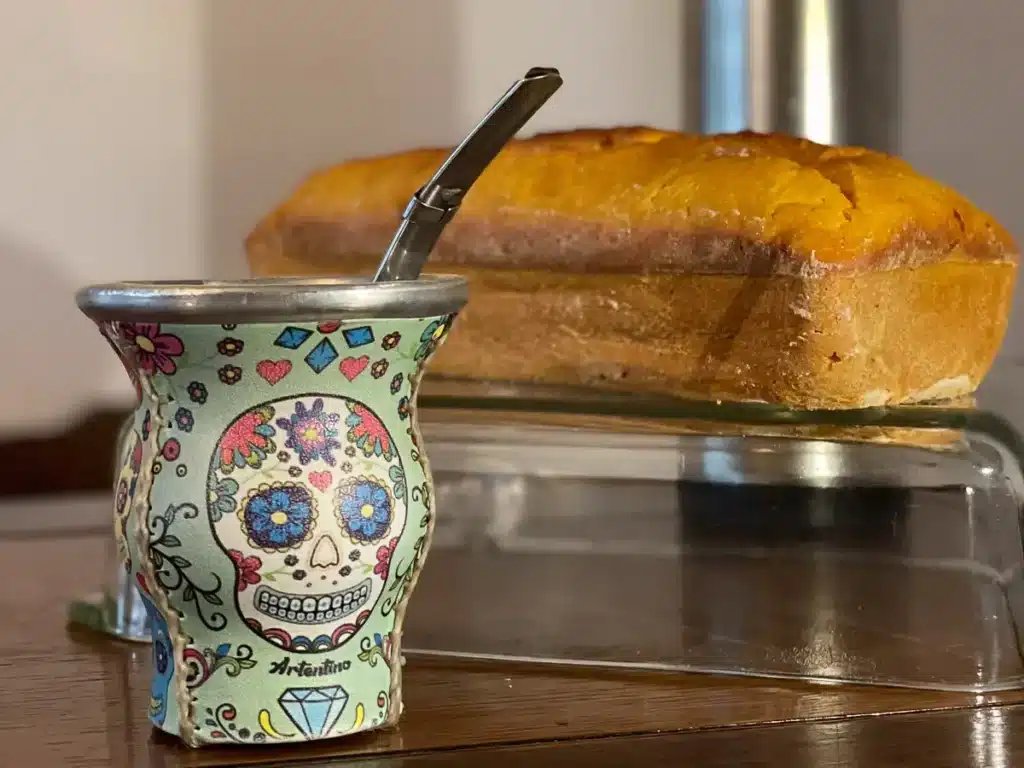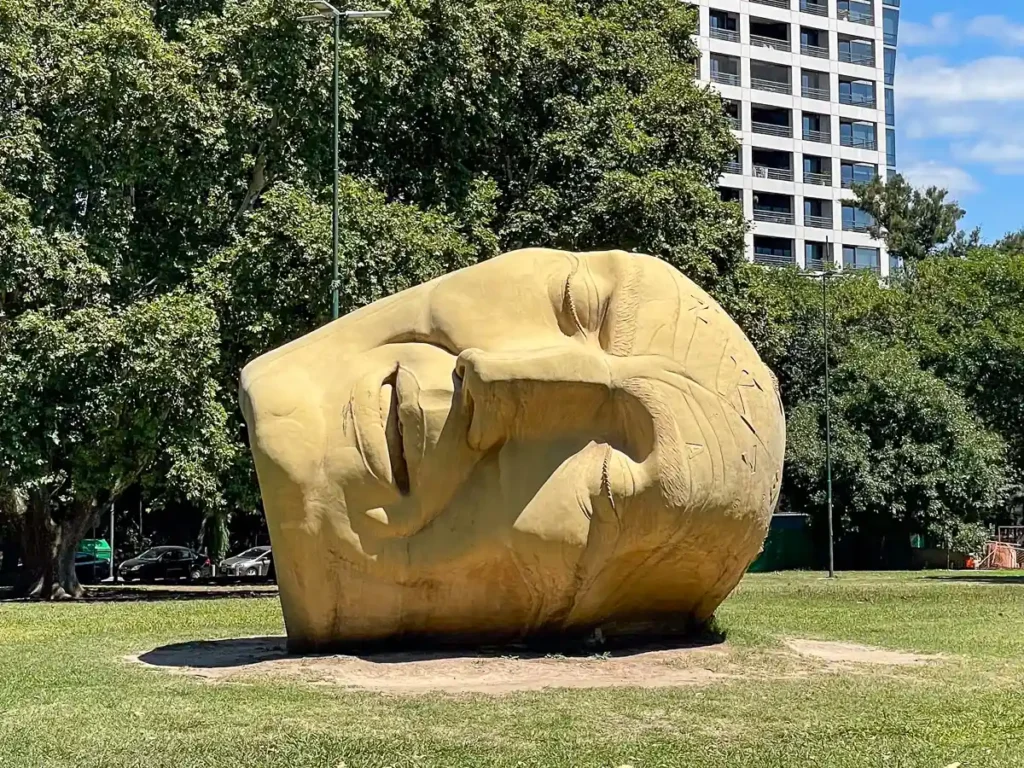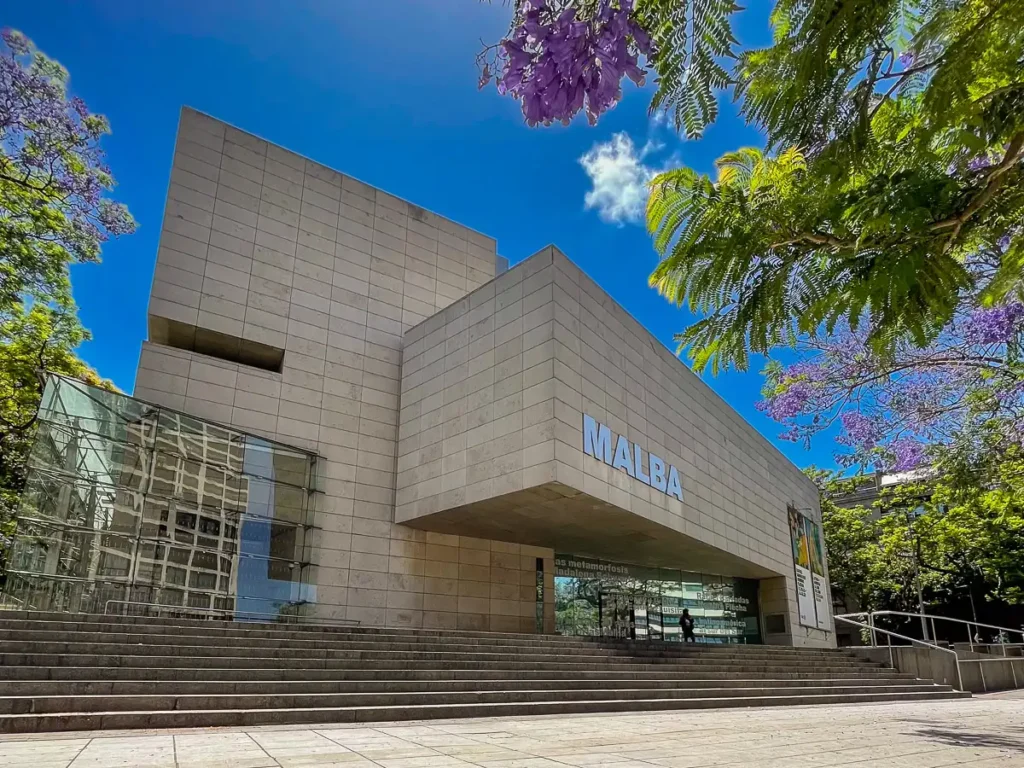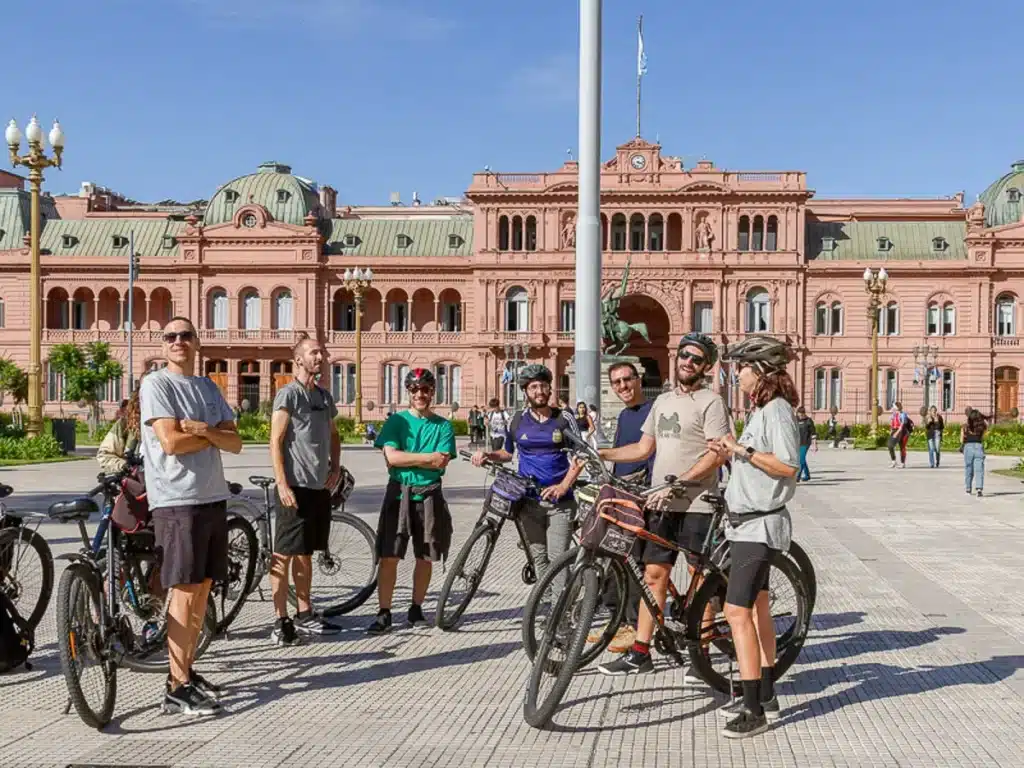We last reviewed this post on October 1st, 2025
Not long ago, Buenos Aires was considered one of the world’s great travel bargains. Travelers loved to tell the story of eating a world-class steak dinner for less than the price of a sandwich in New York or London. That era, fueled by extreme exchange rate gaps and rapid peso devaluations, has now passed.
But does that mean Buenos Aires has become an expensive city? Or is it still a destination where your money stretches further than at home? The truth lies somewhere in between. In 2025, Argentina’s capital can feel surprisingly affordable in some situations and nearly on par with European capitals in others. To understand how much things really cost, we’ll look at daily expenses using the exchange rate that foreign travelers actually get when paying with their cards: the MEP Dollar rate.
Table of Contents
I. The Cost of Daily Life in Buenos Aires (October 2025)

The following prices are approximate and calculated with the MEP Dollar rate of ARS 1,455 per 1 USD. This is the exchange rate you receive when paying with a foreign Visa or Mastercard in Argentina.
Prices last updated on October 1, 2025.
Item in Buenos Aires
Approximate Peso Price (ARS)
Approximate USD Price (MEP Rate)
1/4 kg Ice Cream (Rapanui)
ARS 8,000
USD 5.50
Choripán & Coca-Cola (Street Food)
ARS 10,000
USD 6.90
Mid-Range Pizza Meal (2 Slices + Beer)
ARS 16,300
USD 11.20
Short Ride (Uber: Palermo to San Telmo)
ARS 12,500
USD 8.60
Recoleta Cemetery Ticket (Foreigner)
ARS 20,100
USD 13.80
The takeaway: Buenos Aires is no longer the “global steal” it once was. A museum ticket or a specialty coffee now costs about the same as in the United States or Europe. But value is relative and depends on how you choose to experience the city. For some travelers, dining at one of the world’s top steakhouses for under $80 is an exceptional deal; for others, grabbing a choripán from a street vendor for less than $7 feels like the perfect combination of savings and authenticity. Buenos Aires adapts to different budgets, and that flexibility is part of its charm.
II. The Essential Money Guide

For the purposes of this article, we’ve based our price references on the MEP Dollar rate. This is the exchange rate you automatically receive when paying with a foreign Visa or Mastercard in Argentina. It is generally the easiest and safest way to pay, and it reflects the real market value of the peso.
Until now, the MEP rate has been highly favorable for visitors, making it the preferred option for most purchases. However, Argentina’s economy is unpredictable, and things can change quickly. What works best today may not be the most convenient option tomorrow.
That is why we recommend checking our guide to Argentina’s exchange rates before your trip. In that article, we explain the differences between the MEP, the Blue Dollar, and other payment methods, and we share advice to help you decide which option is the most convenient for you at the time of your visit.
III. Why Prices Feel Different: Inflation vs. Devaluation

Argentina’s economy is shaped by a constant tug-of-war between two forces: Inflation (the rising cost of goods and services, measured in pesos) and Devaluation (the falling value of the peso compared to the dollar).
A helpful way to picture it is as a seesaw. On one side, inflation pushes up the peso price of everything from a coffee to a museum ticket. On the other side, devaluation weakens the peso, giving you more pesos for each dollar you exchange. As a traveler, how expensive or cheap Buenos Aires feels depends on which side of the seesaw is heavier at a particular moment.
Inflation (Price in Pesos)
In Argentina, prices rarely stay the same for long. A coffee that cost ARS 1,000 (2024) last year might now cost ARS 4,800 (Oct 2025). Inflation constantly resets the price tags you see, whether in cafés, taxis, or theater tickets.
Devaluation (Your Buying Power)
At the same time, the peso is losing value against the dollar. If the peso devalues faster than prices rise, your dollar suddenly buys more. If not, the city feels noticeably more expensive.
The 2025 Price Paradox
During the “cheap years” of 2022 and 2023, devaluation moved faster than inflation. The peso lost value so quickly that foreign visitors could buy much more with their dollars, even as local prices increased. Buenos Aires became a budget traveler’s dream.
In 2025, the balance has shifted. The government has slowed the peso’s fall, while inflation has continued at historic levels. This means that peso prices have caught up, and the advantage for foreign travelers is smaller than before.
The bottom line: The days of a $5 steak dinner are over. But Buenos Aires remains a city where experiences that are prohibitively expensive elsewhere — a Michelin-starred dinner, a guided tour of an opera house, or a taxi ride across town — are still accessible at far lower prices than in most global capitals.
IV. Beyond Prices: The Value of the Experience
Numbers and comparisons can only tell part of the story. While Buenos Aires may no longer be the cheapest city on earth, it offers something that is harder to measure in dollars: the richness of its cultural life and the warmth of its people.
- Discussing fútbol with a taxi driver.
- Wandering into a bookstore set in a converted theater.
These are experiences that go beyond cost. Even if the peso no longer stretches as far as it once did, the cultural return you get in Buenos Aires is immense.
That, in the end, may be the city’s greatest bargain.
